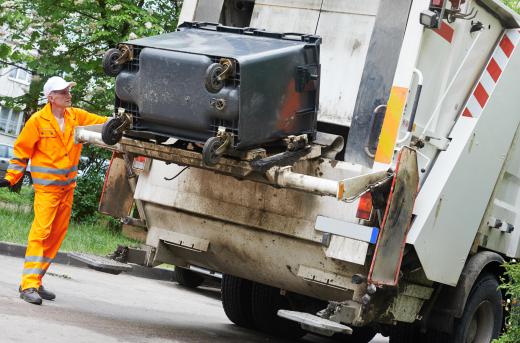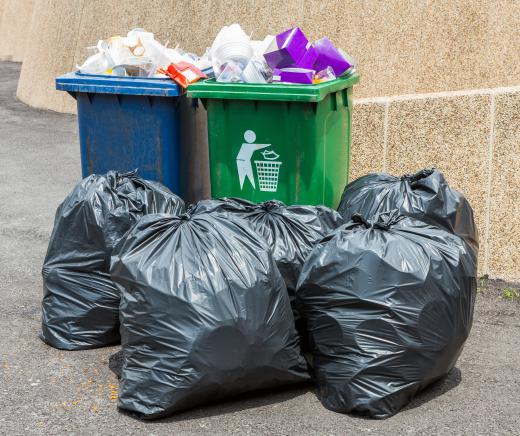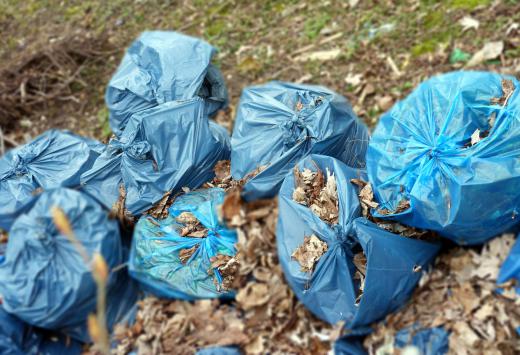Street sanitation is the process of removing garbage and debris from businesses, residences, municipal buildings, and the streets within a city or town. In most cases, a sanitation department operated by the local municipality handles the process of keeping the streets clean. The exact scope of services offered as part of the sanitation service will vary, depending on the ability of the municipality to provide those services.
The main focus of street sanitation is the maintenance of environmental hygiene within the community. By removing trash and other debris from the streets and buildings within the city or town, there is less opportunity for the discarded materials to create a health hazard. As a result, this form of environmental services can be seen as one important way of improving the health of everyone living and working within the geographical jurisdiction of the sanitation department.

Each municipality designs and operates the street sanitation effort in accordance with the needs of the community. A common component is regular trash collection. Many jurisdictions supply residential and commercial customers with receptacles that are used to remove the garbage from the interior of the building. At specified times during the week, sanitation workers collect the garbage and transport it to a location set aside to receive the discarded items. In some places, this is a dumping ground owned and operated by the city. Other towns choose to create landfills, while still others employ methods such as burning the refuse in order to dispose of it.

However, street sanitation goes beyond simply collecting garbage. In many cities and towns, the sanitation effort also involves cleaning the streets, using manual or heavy equipment. Street sweeping may be conducted on a consistent basis, or be utilized after the occurrence of some civic event, such as a parade. In some localities, street sanitation also involves clearing the streets of snow during the winter months.

Along with garbage collection and street sweeping, street sanitation can also include the removal of yard waste, such as limbs, shrub clippings, and other natural elements. Depending on the local jurisdiction, collection of yard waste may occur at the same time as the garbage collection. At other times, the collection may be upon request, or take place at a specified time of the week. It should be noted that some jurisdictions charge a fee for this type of street sanitation.
In recent decades, some cities and towns have made recycling collection part of the street sanitation process. Citizens are provided with bags in which to place items that the city currently recycles. The items may be clear glass, paper, or plastic containers like milk jugs. The recyclable items are not placed in trash receptacles, and are thus easy to identify during the collection process.

